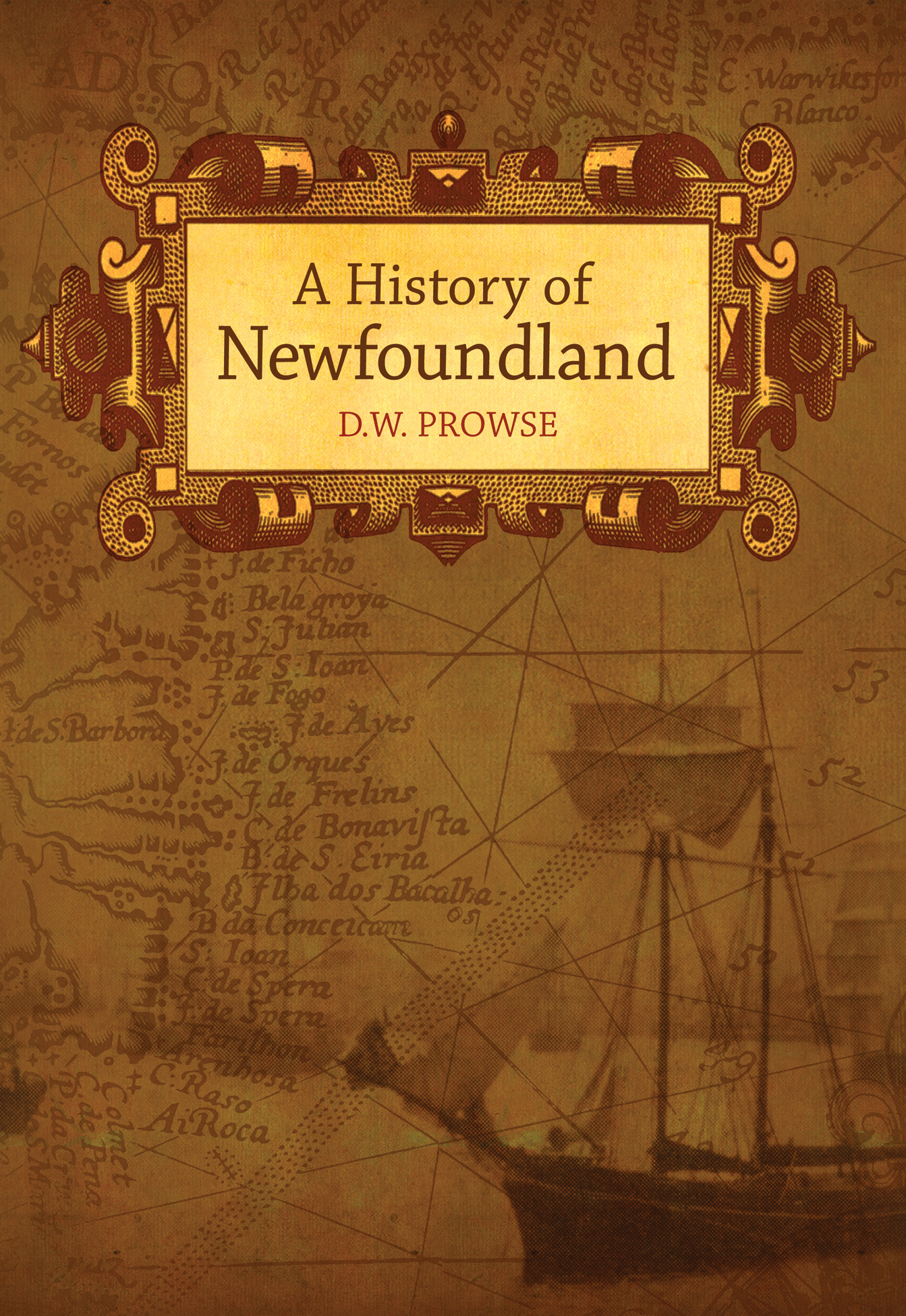Burton Winters: the Labrador boy who walked into historyPrior to Jan. 29, 2012, the name of Burton Winters was known to family and friends in and around the northern Labrador community of Makkovik. Since that fateful day, however, his name is known far and wide. Indeed, the events surrounding his death have reverberated throughout the nation and elsewhere. The 14-year-old boy left home on his snowmobile and travelled over the unstable sea ice. When his machine became stuck on the endless expanse of white, he became lost. Determined to reach home, he walked 19 kilometres through the trackless snow. Eventually, exposure on the ice leading to hypothermia claimed his young life. Four days later, searchers located Burton’s body. Early on, crucial errors were made, errors that point to the massive shortcomings in Canada’s search and rescue system. In the aftermath of Burton’s death, his story was chronicled by Michael Friis Johansen, a journalist who has called Labrador home since 1990. In addition to writing for a variety of media outlets, he is also a columnist for Transcontinental Media. His book, "The Boy Who Walked," is a tract for our times, evidenced by the subtitle, "The Death of Burton Winters and the Politics of Search and Rescue." His is a descriptive treatment of the almost unthinkable tragedy. My good friend and fellow author, Benjamin W. Powell Sr., originally of Carbonear, Newfoundland, but now the patriarch of Charlottetown, Labrador, often said to me, "A good writer takes his readers on a journey." If this is true, then Johansen is a writer par excellence. He sets out to investigate what went wrong leading to Burton’s death. Johansen begins his studied inquiry by setting the context. He reflects on the land, the people, the church, the town, the children and the Rangers. Labrador is not for the faint of heart at the best of times. "It does not," Johansen says, "easily welcome settlers, and the people … had to prove that they were as tough as the land in order to survive." A word portrait of Burton Winters then emerges. The impressionable boy has been described as funny, quiet, loving, friendly, reserved, imaginative, intelligent; a son who would make any parent proud. "He was so good," his mother, Paulette Winters-Rice, says, summing up the feelings of many. In vivid detail and with great pathos, Johansen reconstructs Burton’s outing and ordeal. The reader vicariously travels with the teenager as he jams his snowmobile between massive slabs of ice, then continues his journey on foot. "Cold kills in stages," Johansen explains. "Hypothermia progresses through a series of symptoms that usually begin with mild shivering, increased heart rate, and rapid breathing. As the cold penetrates, the body limits blood flow to the extremities, saving most of the blood for the torso in order to keep the vital organs warm. If the body is allowed to cool even more, the shivering becomes more violent and the sufferer loses muscle control …" The moment came when Burton "could go no farther. He had been too cold for too long and his body could no longer keep any part of itself warm enough for life." No parent can dispassionately read this description of hypothermia without a tear in the eye, a lump in the throat and a pain in the heart. In the second part of his book, Johansen provides an anatomy of the four-day search, from Sunday, Jan. 29 to Wednesday, Feb.1. In the final section, the author engages the reader by reflecting on how a small boy walked into history, sparking a nationwide debate. There was a concerted effort by the public "to wrest something positive out of the terribly tragedy." Along the way, Johansen highlights communication breakdowns, delayed and inadequate response, equipment failure, jurisdictional confusion, a lax appreciation of the urgency of the situation, questionable protocols, inter-governmental squabbling, and out-of-order lifesaving equipment. Did Burton Winters die in vain? What will be his lasting legacy? Will it be a case of out of sight, out of mind? That is the worst possible thing that could result from his death. Johansen suggests: "even if Burton hadn’t gone missing, there is cause to call an inquiry into the federal and provincial search and rescue system." Labrador MP Liberal Yvonne Jones insists: "It’s never too late to do an inquiry. I will always push for one." Perhaps the final word, at least for now, should be left with Burton’s mother who plaintively pleads, "Why can’t they just tell us the truth?" One can only hope. "The Boy Who Walked: The Death of Burton Winters and the Politics of Search and Rescue" is published by Boulder Publications of Portugal Cove-St.





Reviews from people who purchased this title
There are no reviews yet.